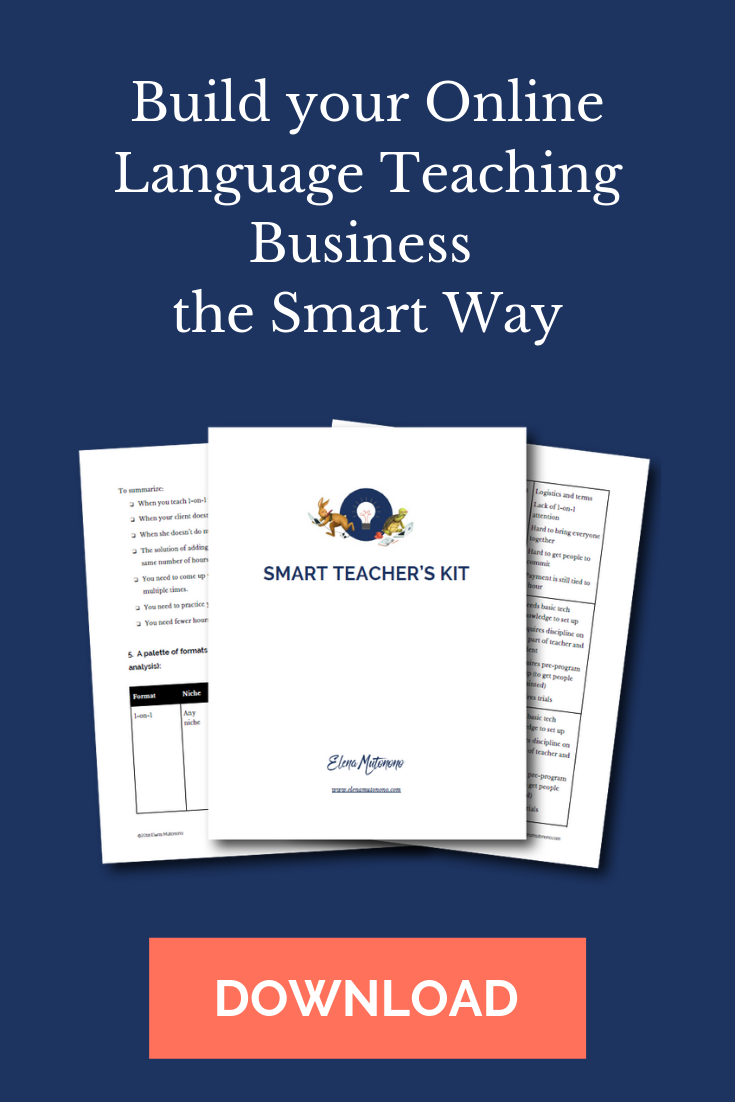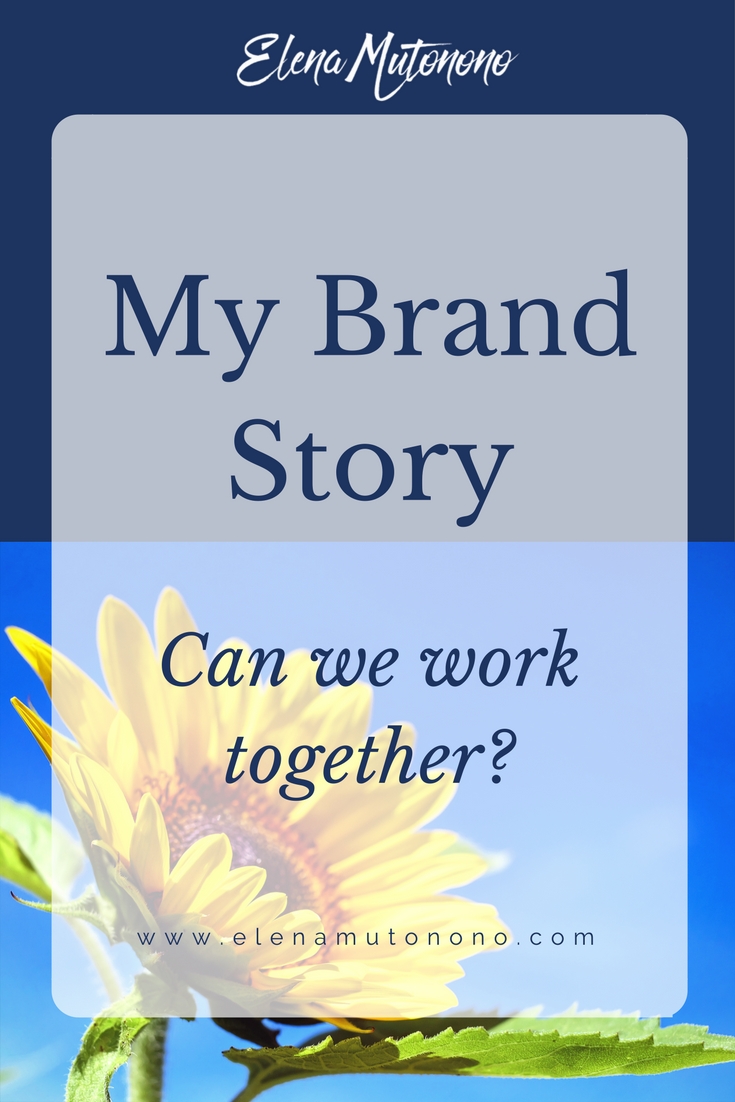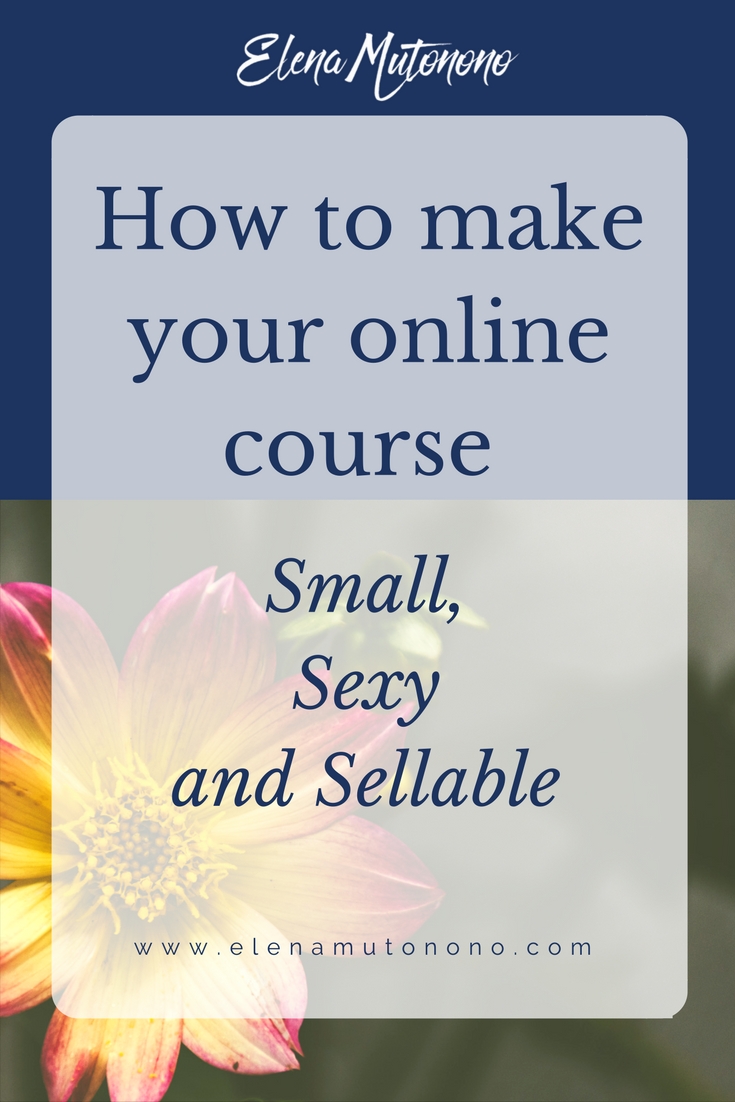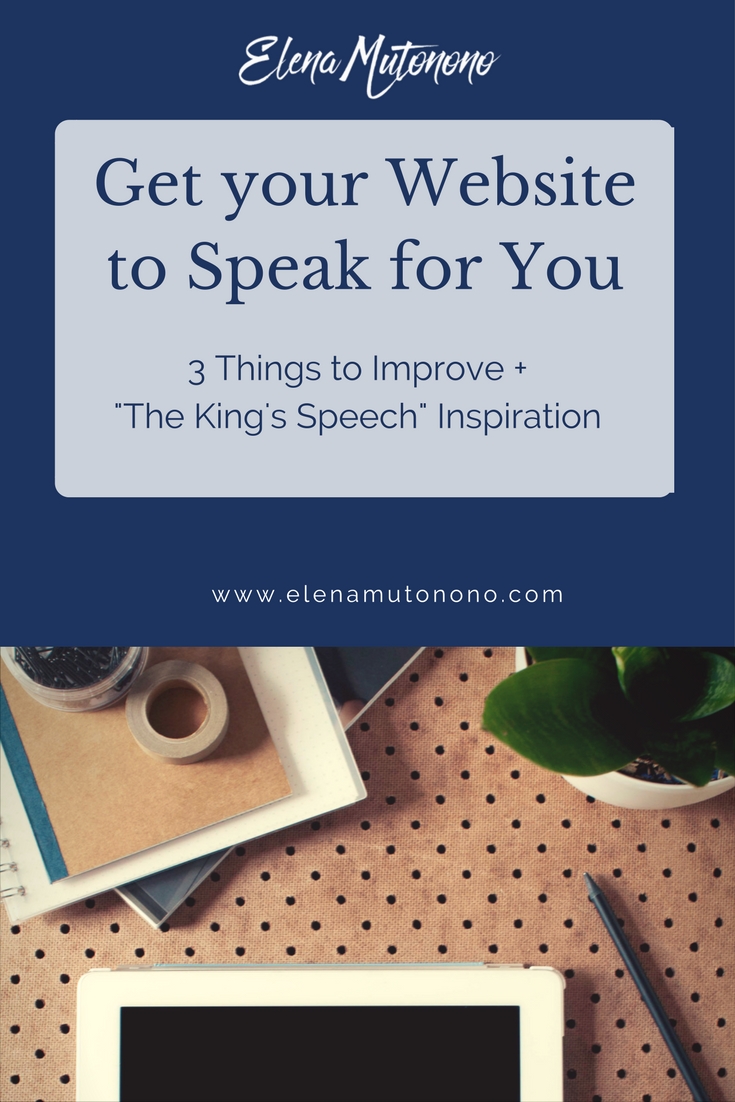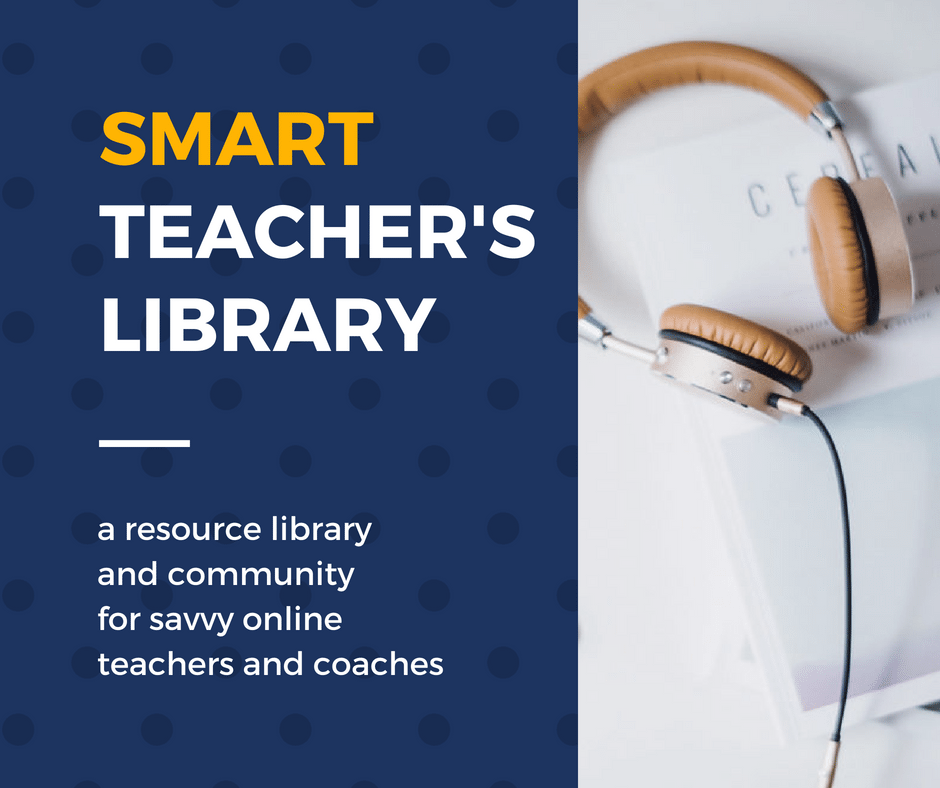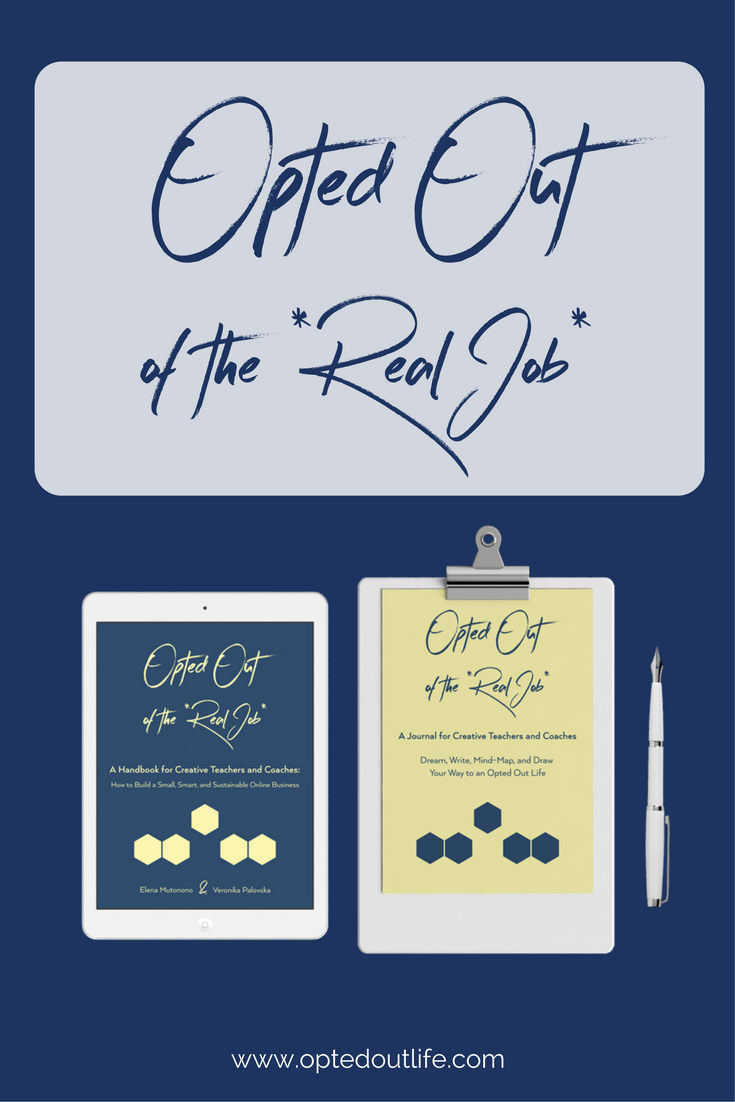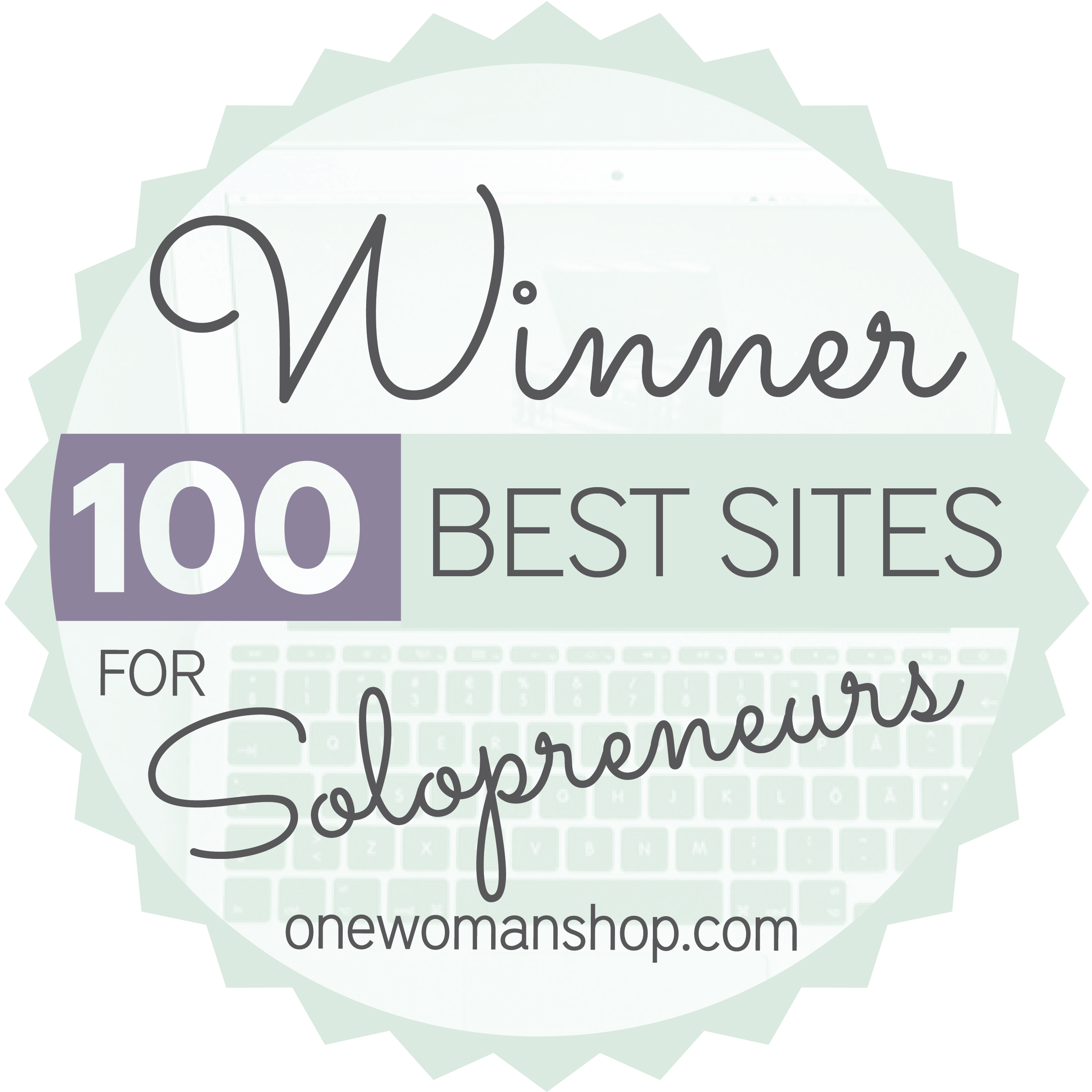One of my ambitions for this year was to write an e-book.
I started out right: signed up for an e-course on publishing an e-book on Kindle by Cathy Presland. Since I knew that the course was going to take a lot of my time (what with the new baby and a toddler in the house), I thought I’d first read her book. So within a few days I had a pretty good idea on how to write an e-book.
Through the book I also discovered that the process would not only be time-consuming but costly. According to her calculations, an e-book would cost approximately $2,000. So after some consideration I decided that a new e-book was not meant to be for this year anyway.
Then in July I purchased an e-book “Beyond Satisfaction” by Breanne Dyck, the online course creation and marketing guru, and consequently read her blog post about it. Her approach to e-book writing and publishing was totally different. The main two points that she emphasized in her post were the following:
#1: Set up the time frame for your project because, according to Parkinson’s Law, work expands so as to fill the time available for its completion.
This means that unless you know when your deadline is, you will be writing an e-book your entire life. So she challenged herself to complete her project within 4 weeks – the challenge that anyone of us could sign up for on gumroad.com.
#2: Reduce! Reuse! Recycle! Apart from the $2,000 dollar budget, I felt intimidated by the blank page (or, rather, pages) that I would have to fill with thousands of words, not to mention the never-ending quest for just the right topic and title.
Then along comes Breanne and shares Lacy Boggs quote on how to turn your epic content into your next product, which says essentially that all the time you’ve already put into creating your blog posts can be monetized by compiling them into a book.
What I like about this tip is not only do you already have lots of rough draft content, but you can also tell whether the content has had any traction. For instance, you can recycle 5 of your most popular blog posts, edit and turn them into chapters, then add another 5-7 chapters from scratch.
This option sounded quite doable. Not to mention that an e-book can contain graphs, Q&A, interviews and other extras that may not have made it to the blog!
So once I realized that I had a good bit of content ready to go and started a book-writing process with the launch day marked on my calendar, there was still one thing that remained. From many e-book writers I’ve heard about this great tool for book-writing called Scrivener, but I didn’t think I had enough time to learn some new software, nor did I want to spend more money.
Side note: I think it’s critical to keep your costs low for your first e-book. I knew I would have to do lots of marketing and writing for other websites to get my new e-book off the ground, and I had no desire to be in the red.
There might be many teachers who would disagree with me and who would say that it is absolutely essential to have every possible software and gadget you can to write your first book, but I believe your first book is just that – a beginning.
Your first book is just that - a beginning. Here's how to publish on a budget.Click To Tweet
I also must admit that I have read some best-selling e-books that didn’t seem to have the best formatting, the easiest reading flow (which was to their disadvantage), and the most unique cover. But they (somehow) became best sellers, mostly thanks to their unique content.
So as I was going back to the book-writing class and the professional advice to never-ever write your book in Word, I read Dorian Iten’s story of publishing and selling his e-guide on Accuracy in painting.
In his story he mentioned that he used Google docs to write the actual guide! He then converted the document into PDF, so that reassured me that I didn’t need to purchase Scrivener and could in fact write my book in Word. Yes, and I did it!
***
Ready to launch your first product? I share tips, strategies and templates that I’ve used with clients in my mini-course:
My Initial Writing Process
Reading both Breanne Dyck and Dorian Iten was quite uplifting. I felt like writing an e-book was possible after all. Even without the Scrivener. Even without a high-end editor.
Even without a super-expensive book cover. I had several chapters of content from my blog with high response rates already. I could use Word, then convert it into PDF and then into .epub (the format for e-book readers). Life was good.
Now I will go through my initial writing process step by step.
How Did I Choose and Narrow Down the Niche for my E-book?
I’ve been blogging on teacherpreneurship for a year and have had some really successful entries. I knew I wanted to write a book about teaching online, but how would my book be different? Back to the niche-finding process!
Prior to writing, I had done a fair amount of research on the books that dealt with teaching online. Though I couldn’t read every single one of them, I did get an idea where my e-book would fit in. There were three things that I felt were missing or perhaps underrepresented in the top 10 online teaching books on kindle:
#1: Those books were focusing on teaching online vs. teaching in a classroom. So the author would take you through the process of choosing materials, putting together programs, using specific software while you’re teaching, etc. While that was important, I didn’t want it to become the cornerstone of my book.
#2: Those books seemed to have less information on marketing. One thing that I learned while teaching online that it’s not always about your qualifications. A PhD may start his/her online business, but never move forward much. At the same time a new online teacher, full of enthusiasm but not so experienced would have tremendous success in his/her first year.
In a traditional classroom the difference usually boils down to charisma. While charisma is certainly important in an online classroom, a business will not succeed until the online teacher starts getting serious about marketing. I was then more inclined to focusing on marketing a bit more.
#3: Those books had very little personal stories. In fact, I always felt like they were written by robots. I felt like behind this book was a person who never had any issues, never tried anything himself/herself, never failed, and never succeeded.
Or perhaps they just chose not to write about it. It may just be me, but whenever I buy anything from anybody I must connect with them as a person.In my years of online teaching I discovered that I better connect with female entrepreneurs than the male ones. I don’t know why it is so (I’m not a feminist at all). I’ve tried reading marketing books written by men, but they seem a bit too “rough” for me.
Perhaps too aggressive is the word. Anyway, I wanted to have a book where I would include my own story and would be more real.
How did I Choose the Title for my E-book?
The last thing I wanted is to have an e-book that would read like “An E-book for Online Teachers.” In fact, even though such title would have been pretty self-explanatory, I went back to the three points above and concluded that I didn’t want yet another book on online teaching. I wanted a story. In fact, I had a story, I just needed to summarize it in one statement.
I also wanted to have some “cool technological term” in my title. In the summer I came across a couple of book titles that had a catchy tech buzz word, so I decided to do a google search and find top 20 most commonly used technological words.
Going through the list my eye caught “opt in” because it was short, fairly understood and “high tech.” Then I thought of “opting out” and realized that with “opt out” I could combine my previous experience of teaching at a traditional school and my new experience of teaching online. This is how Opted Out of the Traditional Classroom came about.
What I liked about this title, too, is when I started selling the book, some of my buyers would post updates on twitter, and the updates went like this, “I just got Opted Out of the Traditional Classroom by @ElenaMutonono on @gumroad.” Are you reading the pun?
I loved reading it! My readers got my book and also “got opted out of the traditional classroom” as a result of reading it! How cool is that 🙂 Moreover, some teachers would write to me and say something like, “I shared about Opted Out in my blog post,” so they could shorten the title and it was still making sense.
How Did I Set the Timeline?
In this regard I loved being a part of gumroad.com. The minute I signed up, I took the 4-week product design challenge, and even though I knew mine would take me 6 weeks, I loved the accountability that gumroad created for me.
Every day I would receive updates with lots of really useful tips and inspiring stories from people who had launched their products. The updates were never long, and the content was truly hand-picked for people who were working on creating their first product. I learned so much about marketing, content creating, pre-launching and launching that I felt like I was a part of a free e-course!
If you wish to make a product, gumroad will make sure you’ll do that!
Publish an ebook on a budget. Learn how to do it from this case study.Click To Tweet
How did I Choose my Content?
As I said before, I have recycled some of the materials from my most popular blog posts. Why? Because I’d done a lot of research to put them together and had had very fulfilling discussions about the subject matter. Yet those blog posts were written almost a year ago, and chances are not too many of my current readers would go through the entire archive to get to that one article.
At the same time I knew that I would have to add some more things to my e-book, so once I set my deadline I went on linkedin and asked online teachers what they would like to read in a book like that. I received more ideas and that gave me a list of topics to include into my e-book.
I also felt like adding a workbook to make my readers’ experience most fulfilling. I knew if they worked through the questions and completed charts they would be much better equipped to teaching online than I was. That was the reasoning behind creating the workbook.
How did I do the marketing?
Obviously, you can write the most phenomenal book, but unless you market it, very few people will know about it. I like the challenge of gumroad because it forces you to start marketing before the book is out and already write updates to your audience (which are not difficult at all).
I encouraged people to sign up to stay in the loop so I could give them even more information about my book. That in turn prompted me to record a series of podcasts for online teachers and send out book and blog updates on a regular basis.
Prior to the book launch I did pre-launching events (webinars). Those brought in a few more people who were interested in the topics I was sharing (the topics that unfortunately wouldn’t be in my book because they were too involving and detailed). I discovered that creating and fostering this relationship with your audience is vital for the success of your book.
Another benefit of having pre-launching events and encouraging people to sign up for your book release is it gives you a rough idea as to how many books you will most likely sell at launch. Sales also depend on where you promote your book (Facebook ads may not be as helpful as, for instance, guest posting for other blogs) and how interested the audience is in your expertise.
A few notes on the actual editing process.
- Created chapters in ebookburn.com (be sure to include the “credits” chapter and write what year your book was written in – I had to do it later). It’s a simple template: you write the name of your chapter, then click to edit it and copy and paste (in my case) the content of each chapter.
- Do not do the titles in the actual chapters (or you’ll have 2 titles for each chapter).
- Do not indent (seriously!).
- Be ready to edit again (paragraphing might be off, so be sure to go back and check after you think you have checked everything).
- If you read books on kindle you most likely have Calibre – the ebook management software. You can then upload your .epub format book and edit it there (move the image up front, which I had to do, as well as the table of contents).
- In hindsight (if pressed for money) you can create a PDF document and then convert it into .epub for free using Calibre, but I think your PDF has to be impeccable by then and you have to have created your table of contents in Word (which may take some time, whereas ebookburn creates it automatically). Here’s how you could do the conversion on Calibre.
- Read your book several times (you’ll be sick by the time you’re done).
- and… it’s done!
My budget:
The initial thought was $2,000. But I really wasn’t going to spend that kind of money as I’m learning the ropes, and I was more focused on great content, so I thought I’d first publish it and then if/when I need it (I get to my 1st anniversary) I could re-do it. SO:
- Cover image + FB image $20 on fiverr.com
- Converting epub version through ebookburner $19.
- A FB campaign on the day of the launch: $15 (the conversion was incredibly low, but I did sell 1 book through it and got $7 back).
Total budget: $54. OK, so I didn’t have a $300 cover, and I didn’t hire a professional editor, and I formatted the e-book myself (which took a lot longer than expected), I didn’t buy scrivener for $40 but I think I will in the future because I intend on continuing my writing endeavors.
But I did publish a book, and it didn’t cost me $2,000!
Lessons Learned:
Writing an e-book will not only make you a better writer, but a better marketer, a better presenter, a more effective teacher and a sharper entrepreneur. If you still feel overwhelmed here’s some motivational talk and a few tips:
- You can write a good book on a small budget.
- You can grow your audience. Don’t rush it, take your time.
- Create pre-launch events and make them count (go out of your way by putting together a good presentation and a handout/workbook to go with it).
- Find ways to encourage your future readers to share this information with others. You know, I haven’t mastered this one yet, and maybe some day I will receive this special revelation during my yoga session, and as soon as I do that I’ll write a post about it. But if you have ideas how to encourage your audience to share what you have written, let me know! Not that my audience hasn’t shared – they have. I’m just thinking of different solutions.
- Continue launching even after the launch. This may sound as something shocking, but I haven’t yet pulled out my bubblies to celebrate a successful launch. I might do it in a couple of months because I want to use this momentum to continue adding more value to what I have created. So once you started your product design, don’t stop half-way. Find ways to engage your audience even more!
Alright. Here’s something that you won’t read much anywhere. People feel shy sharing their results. Not me. Even though I didn’t make thousands of dollars, I feel like my hard work did pay off at launch:
I didn’t have any expectations, but I am quite impressed with my results.
- I sold 30 copies my first week: it always helps to visualize this group of virtual readers. Back in the days when I was teaching in a traditional classroom, I had 10 students maximum. So I’d say I maxed out my traditional classroom. I’ve tripled it! I guess I would have wanted to have sold 300, but to put things into perspective again… In 2013 I wrote an e-textbook that I was only able to sell to my current students. It was an up-sell, and even though I sold quite a few copies that way, I may have only sold 1 copy to somebody whom I didn’t know at all. So 30 against 1 is a big difference.
- I’ve received several suggestions about the book format, and was then prompted to clean up the PDF file of the ebook. Some teachers do not have e-readers, and so I thought it would be a good idea to create a PDF format to accommodate them. But it may take a week or so.
- I’ve been more confident about my writing skills and have been able to write more for other websites.
- Adding that “author of….” is highly motivational.
- I loved the hype that I created about my e-book. Some of my online students responded to a message and congratulated me on making such a big step. My friends were happy for me, and so I didn’t feel like all by my lonesome in front of the screen. I had great support, and that counts!
- It’s become easier to engage my readers and potential clients now. Not many of them could afford working with me one-on-one right away, so having a small product gives them a foretaste of what my work is like and also allows them to see that I actually know what I’m talking about.
One Final Thought.
The last message I received from gumroad following my launch inspired me to start looking at other ways I could engage with my audience and package my expertise as a product.
Please let me know if you have any questions/comments.
***NOTE: The newer version of the book was released on September 25, 2017, and I co-authored it with Veronika Palovska. You can learn more and get your copy here.
Liked this story? Please take a moment to share with your friends!
This post was updated in April, 2021.

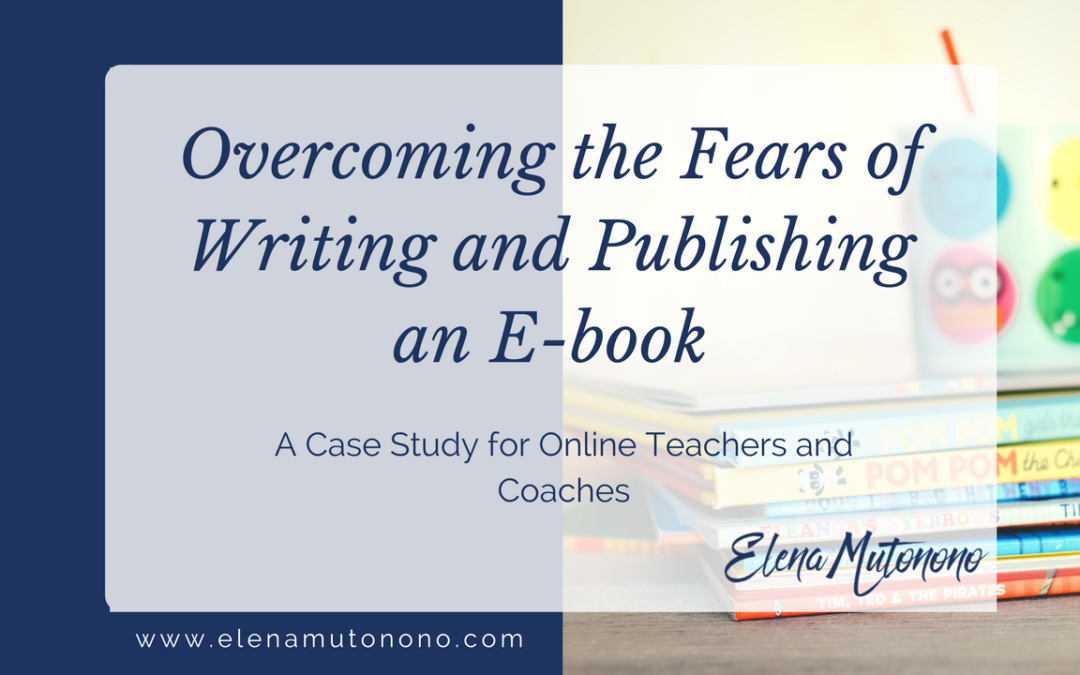
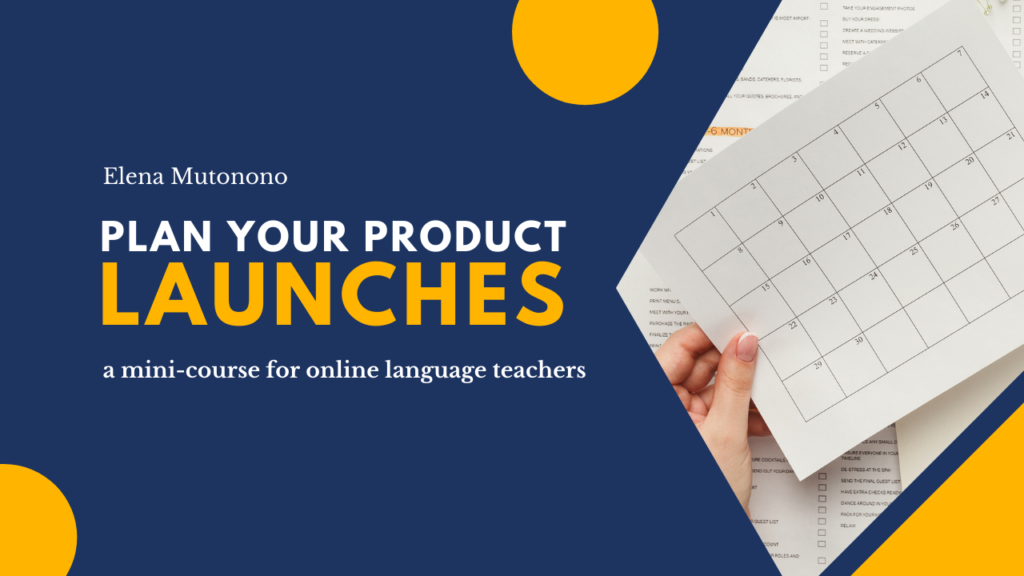
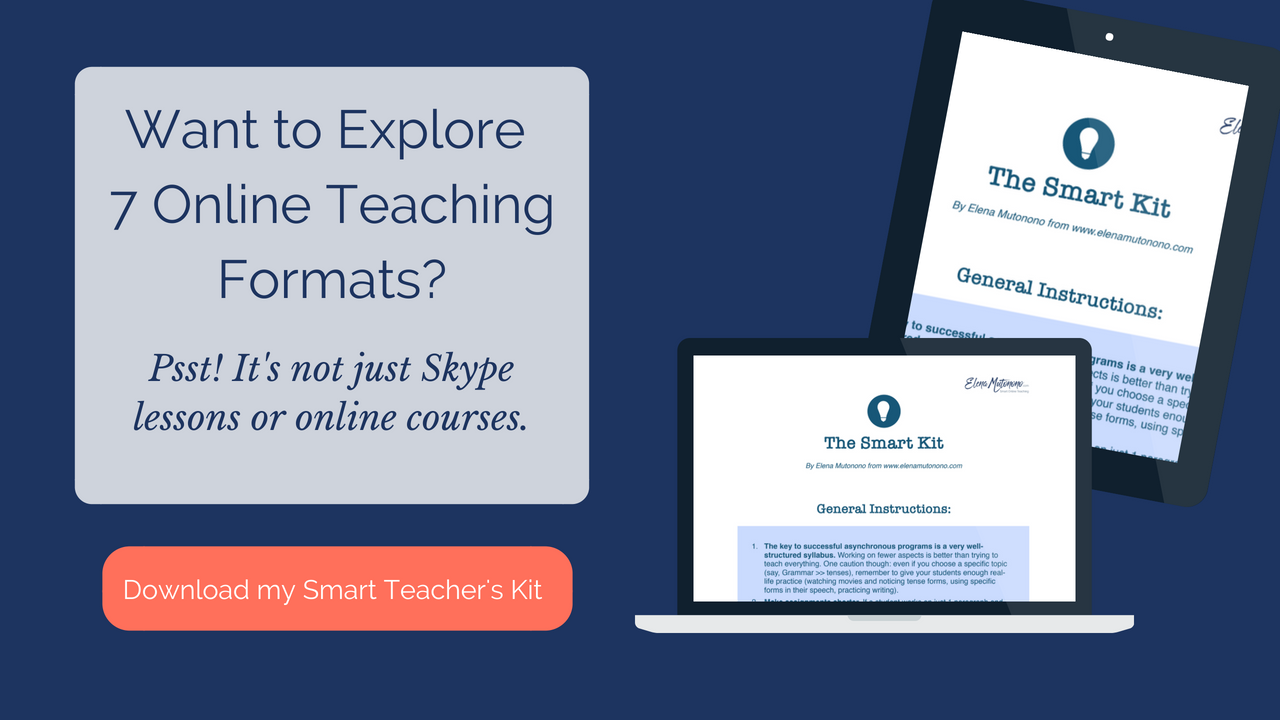
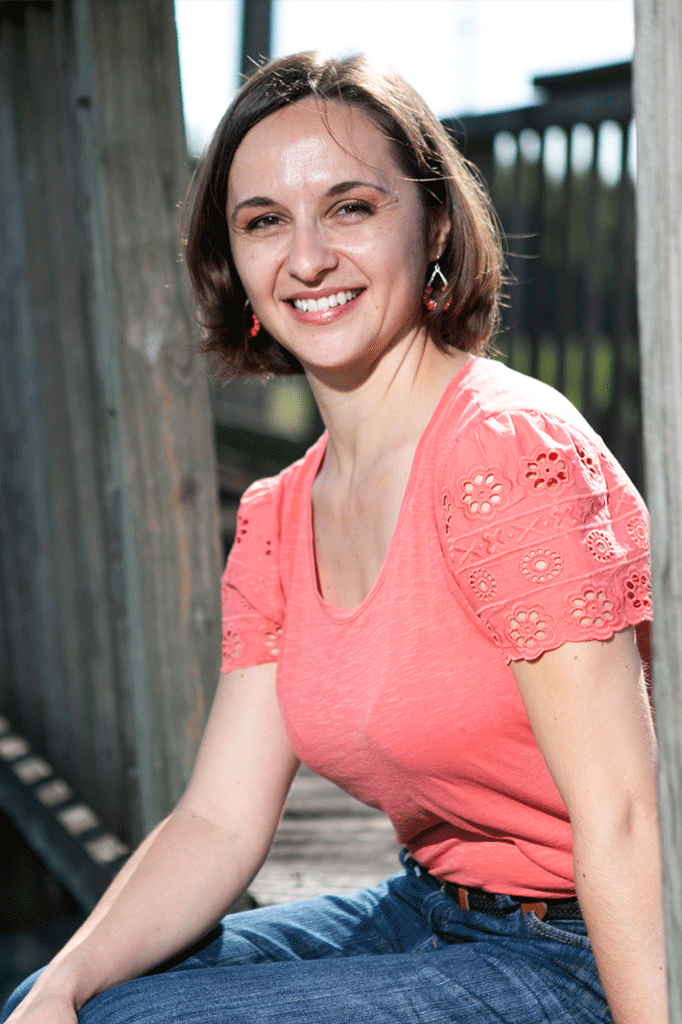 Welcome to my nook where *Big Magic* happens. My name is Elena Mutonono, I help small business owners package their services as digital products and sell them online. I want you to work smarter, not harder. Increase your impact beyond your current face-to-face clients. Grow your business as you reach more people all over the world.
Welcome to my nook where *Big Magic* happens. My name is Elena Mutonono, I help small business owners package their services as digital products and sell them online. I want you to work smarter, not harder. Increase your impact beyond your current face-to-face clients. Grow your business as you reach more people all over the world.
